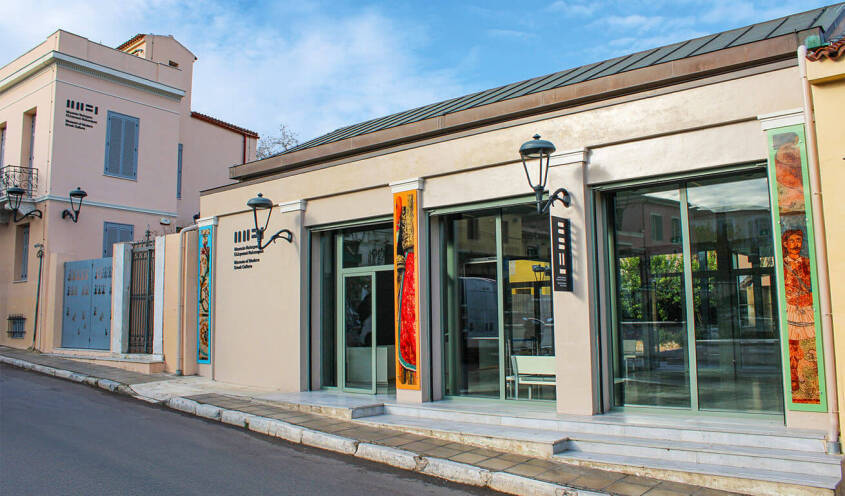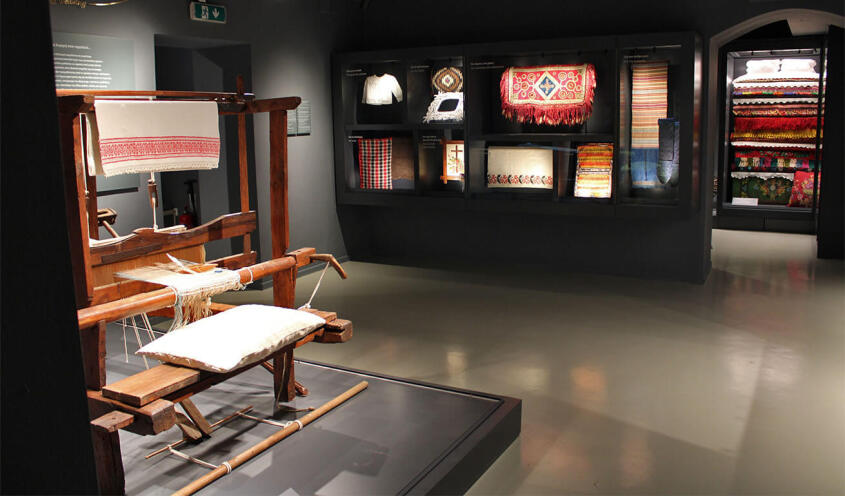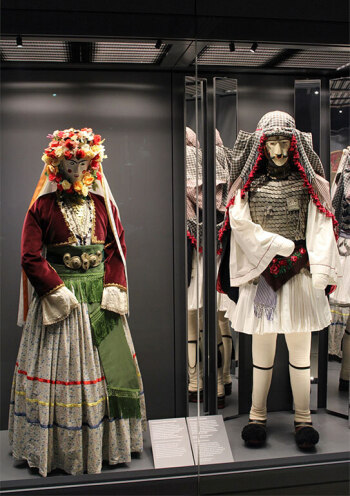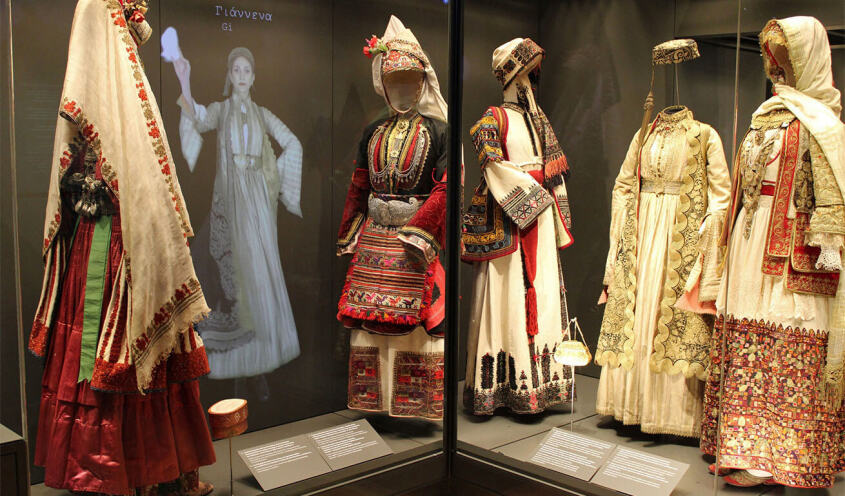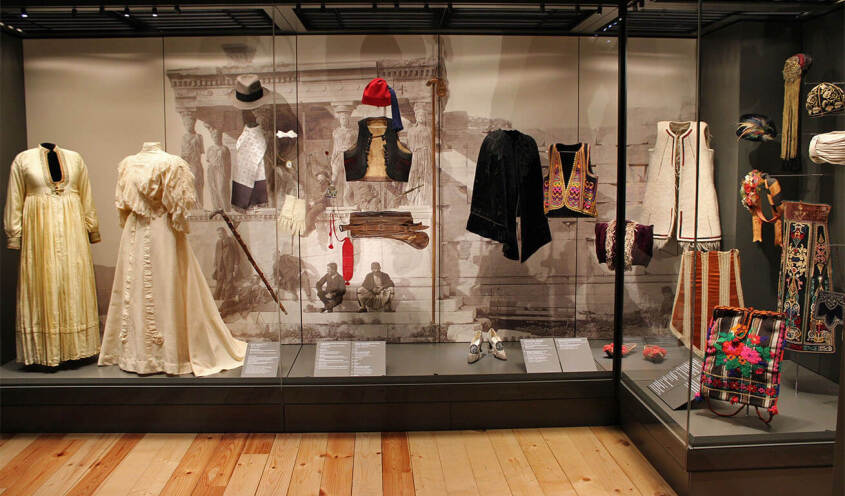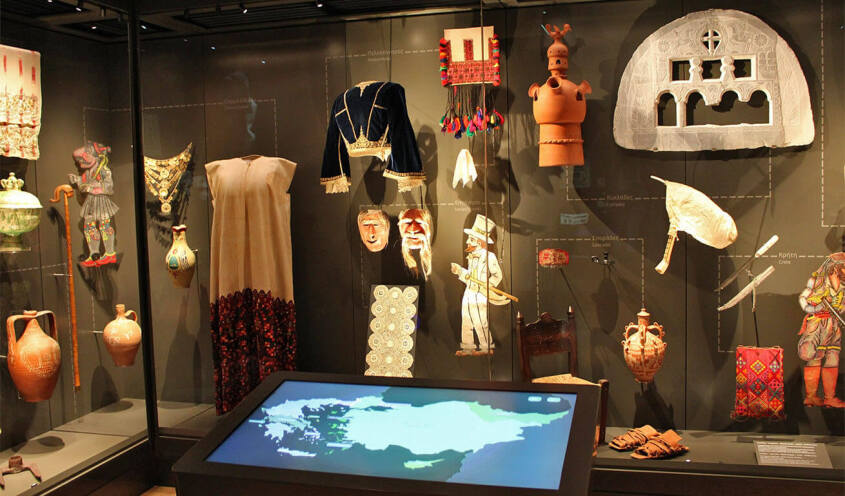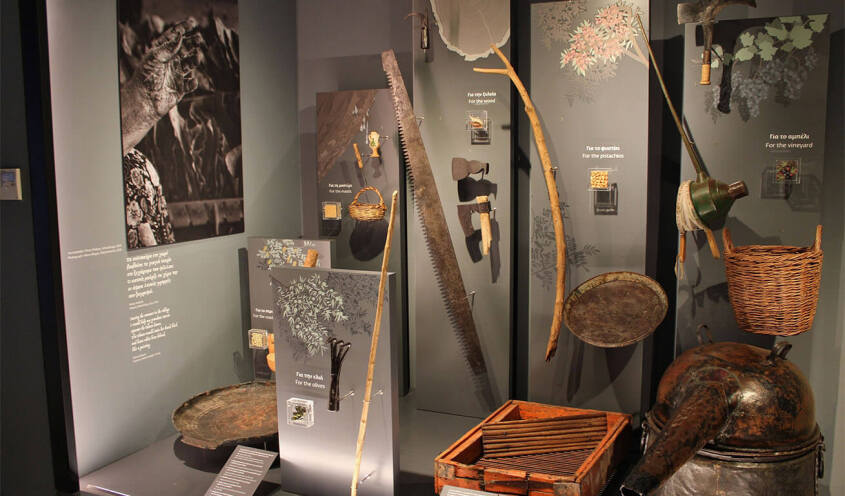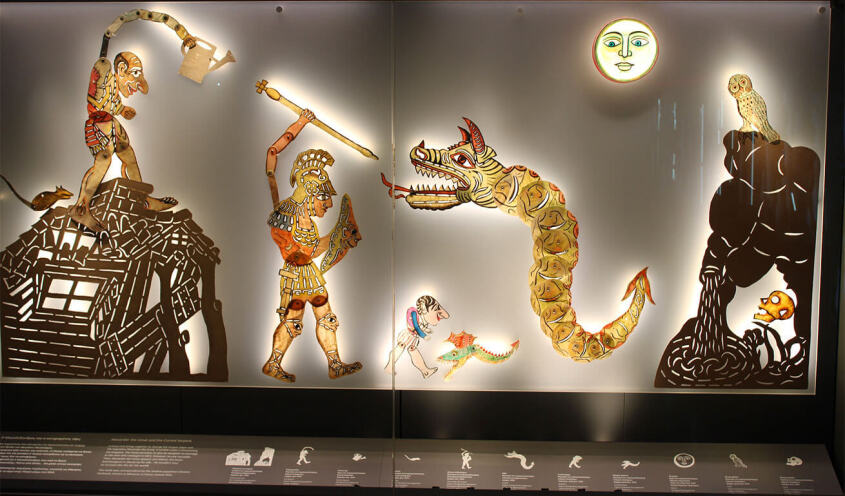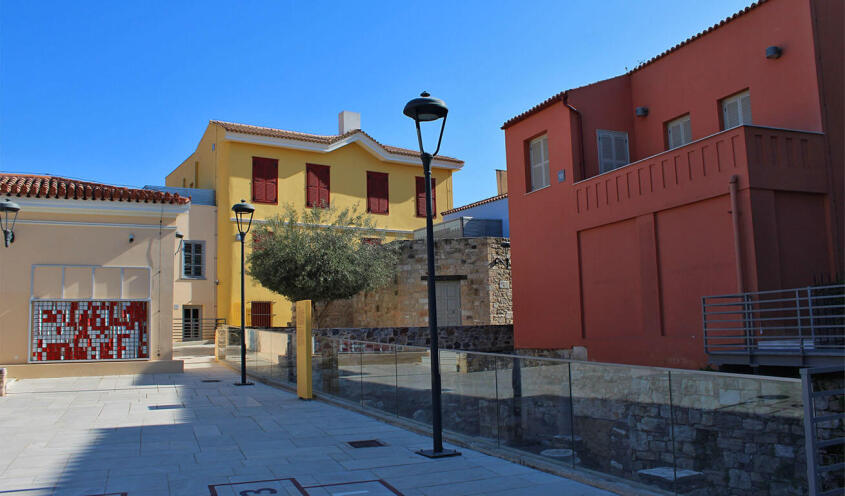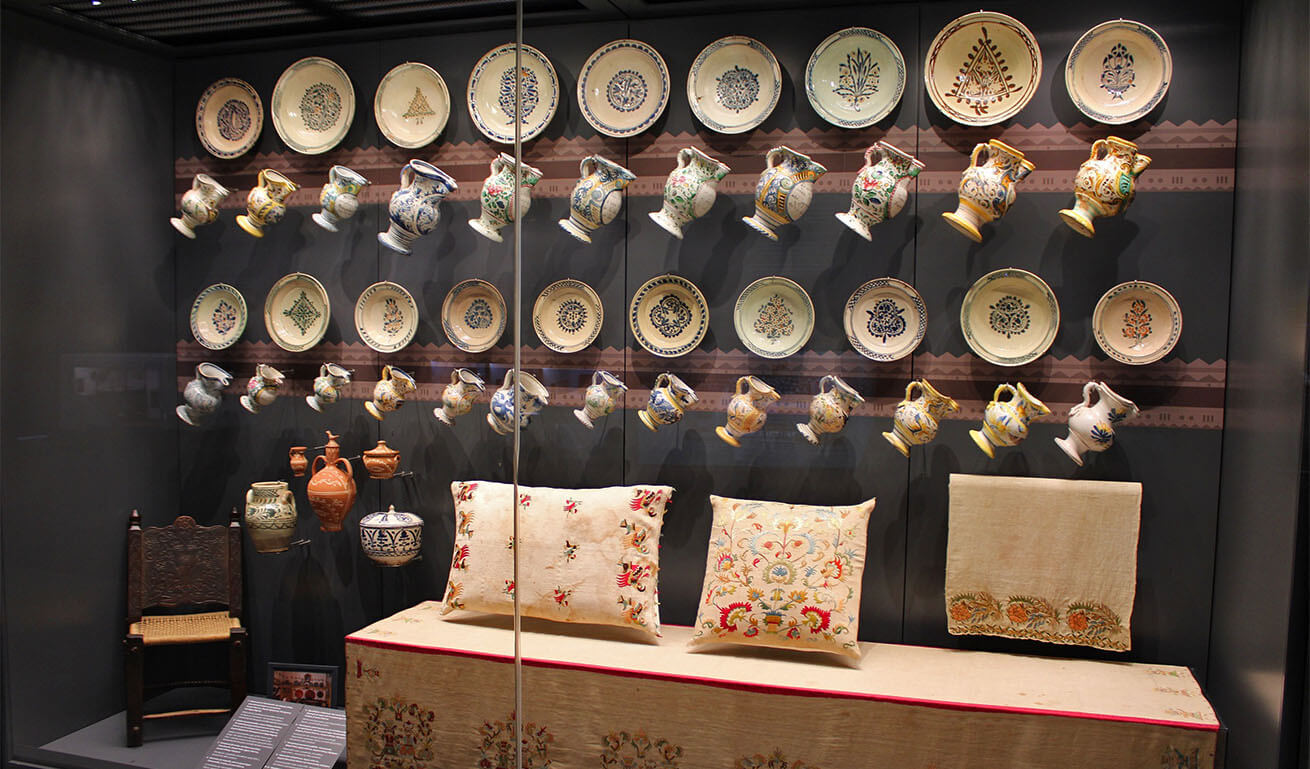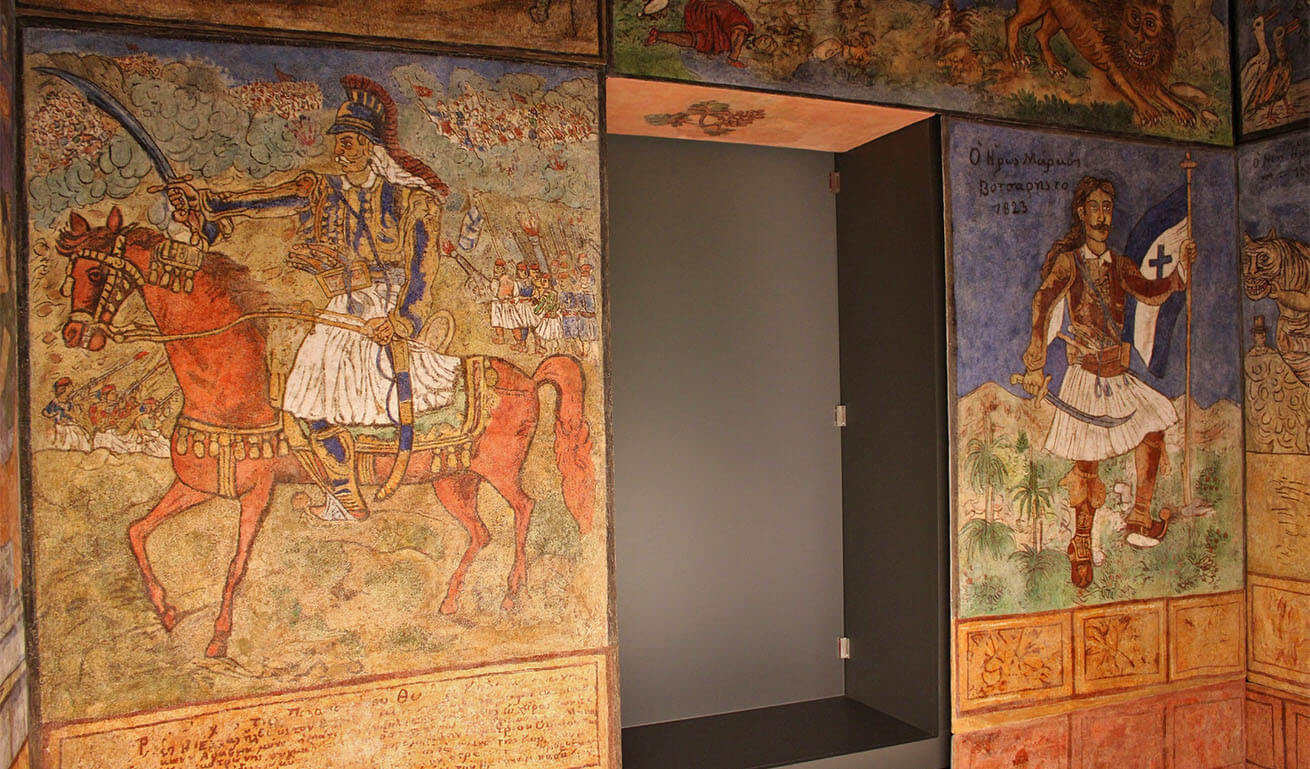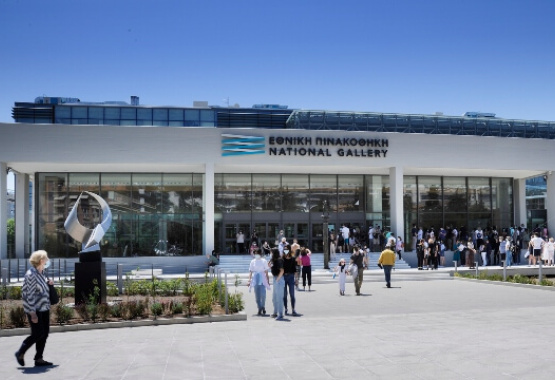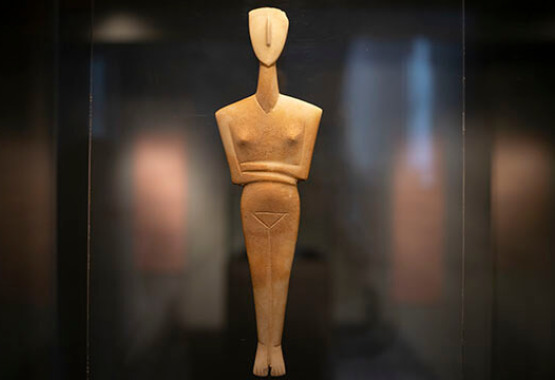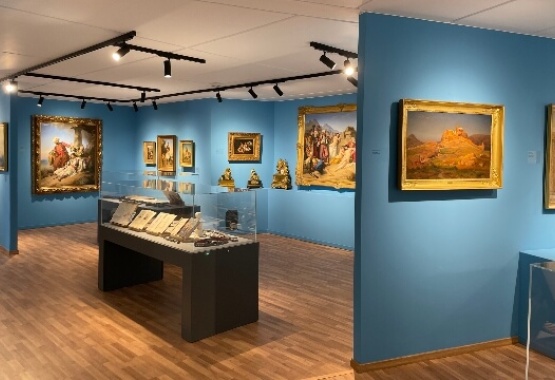
Museum of Modern Greek Culture
A Journey Through Time
Nestled in the heart of Athens, in the lively district of Monastiraki, the Museum of Modern Greek Culture is a hidden gem waiting to be explored. More than just a museum, it is a cultural neighbourhood, featuring buildings from the 18th to the 20th century, forming a unique architectural and historical ensemble. This remarkable museum invites visitors to embark on a journey through time, discovering the daily life, traditions, technology and art of modern Greek culture.A Museum in the Heart of Athens
The museum is located in a historic neighbourhood enclosed by Adrianou, Areos, Kladou, and Vrysakiou Streets, where artefacts were restored, and centuries-old buildings were renovated by the Ministry of Culture to house the permanent exhibition that highlights aspects of the recent history of Greek culture, its tangible and intangible cultural heritage.
The museum’s permanent exhibition showcases aspects of Greek society and culture from the 19th century to the present day. Through an impressive collection of 3,000 objects, digital exhibits, rare archival material, and interactive displays, visitors can immerse themselves in the evolution of Greek craftsmanship, folk art, and urban life in the recent past.
A Walk Through Time: The Highlights
The museum complex includes several fascinating buildings that highlight a part of Greece’s rich cultural heritage:
The Tzisdarakis Mosque (1759): Built by the Ottoman governor of Athens, Mustafa Aga Tzisdarakis, in Monastiraki square, the mosque houses the display of the history of the Museum, which is part of its permanent exhibition. The monument was given over for museum use in 1918 to house the then newly-founded Museum of Greek Handicraft, now renamed as the Museum of Modern Greek Culture.
The "Bath House of the Winds": The only surviving public bathhouse in Athens, dating back to the early Ottoman period (1430–1669). It was in operation until 1965 and has been transformed into a unique museum space, focusing on the rituals of cleanliness, body care, and beauty over the centuries. The exhibit “In the Bath: A Journey of Body and Soul” takes visitors on an interactive experience, exploring the traditions of personal hygiene in Greek history.
The Panos 22 Building: This 19th-century house hosts the fascinating exhibition “People and Tools: Aspects of Work in Pre-Industrial Society.” It offers a glimpse into the traditional occupations and craftsmanship that shaped Greece’s pre-industrial economic and social history.
